A Global Look at Juice
September 18, 2017
Sugar concerns might be squeezing the juice industry a bit in the U.S., but taking a global look truly shows the bigger picture. We're exploring the opportunities in juice worldwide, whether it's going vegan, amping up nutrition or exploring unique flavor choices. Let's look at the global world of juice, including flavor discoveries like French Mirabelle Plums, Nettles & Sap, the Chinese love for Michigan blueberries, and stand-out flavor combos appealing to consumers' sweeter instincts.
Top Juice Flavors
Orange and Apple remain solidly atop the charts. No surprises there, so what do we see that’s noteworthy? When we look at flavors including blends, Coconut Water is the flavor with the largest percent of increase, tallying 145% growth from 2012 to 2016. Products like the new coconut-water-based Zola Organic Hydrating Energy Drinks are tapping into consumer desire for lower-sugar beverages that deliver functional benefits using natural and plant-based ingredients. (Plus, Zola’s line features another consumer favorite - bubbles!)
Mango is the flavor with the second largest percent of increase at 35%. And a look at individual flavor components in juices shows us Carrot flavor has surged from 63 products in 2012 to 166 in 2016. We see it paired with flavors such as Apple, Orange, Pumpkin, Ginger and Turmeric as consumers look to vegetable juices as lower sugar drink options.
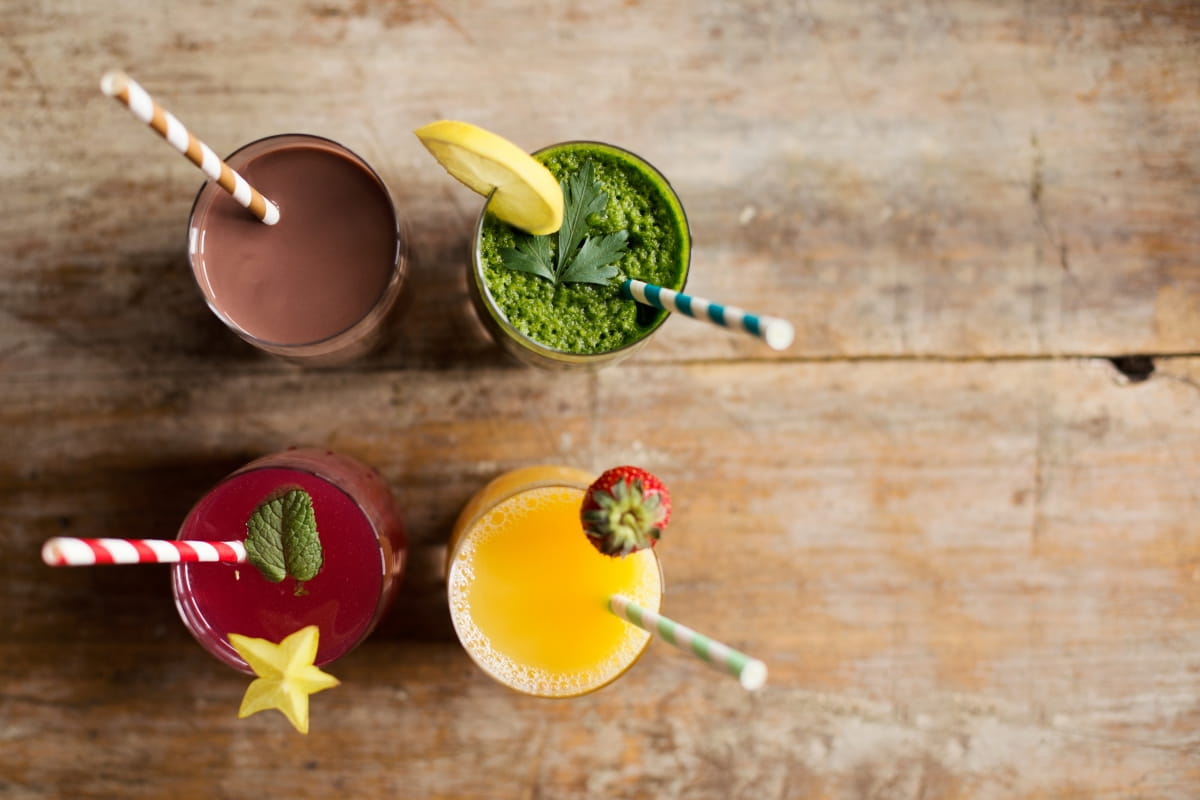
Top 10 Juice Flavors (including blends)
1. Orange 1,328
2. Apple 1,227
3. Fruit 566
4. Mango 403
5. Coconut Water 363
6. Pineapple 355
7. Peach 346
8. Blueberry 300
9. Pomegranate 281
10. Grape 266
Interesting New Flavor Combinations in Juices Spotted in 2017
• Lemonade & Apple (Turkey)
• Apple, Mirabelle Plum & Lemon (Poland)
• Apple, Strawberry, Kiwi & Pepper (Austria)
Of Note: Mirabelle Plums are a protected-origin specialty fruit from Lorraine, France, used to make brandy and jam. Their protections make them illegal to import into the US, adding to their high-end, exotic feel.
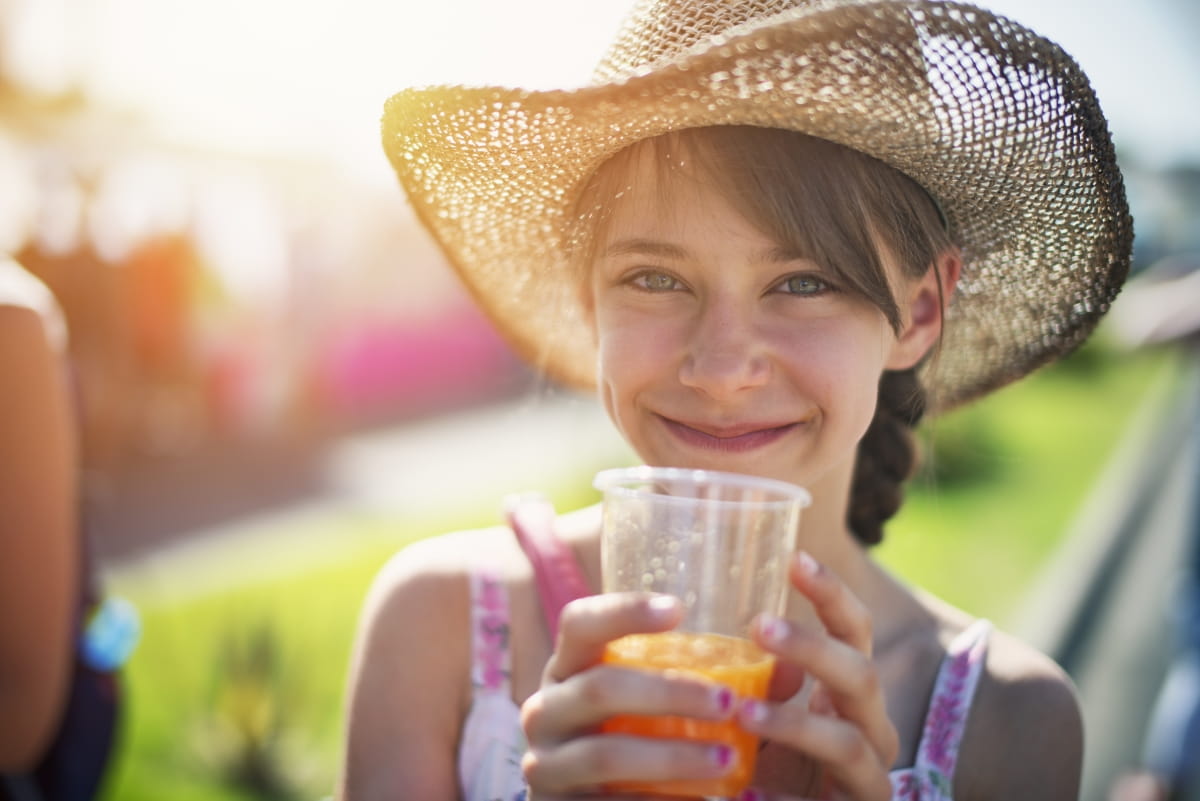
Product Examples
• Malee Mango Juice with Mixed Fruit Juice is halal certified and is free from preservatives or added artificial color. China July 2017• Nature's Nectar Pure Coconut Water is said to be GMO-free, 100% pure single origin and contains 100% juice. The coconut water is said to be extracted from coconuts grown exclusively in the lush palms of Thailand and contains the juice of 15 coconuts. US July 2017
• B.fresh Cold Pressed Strawberry, Apple, Carrot, Cucumber and Beetroot Juice is made on the manufacturer's own farm using own-grown and known-grown fresh vegetables, fruit and leafy greens. The 100% juice contains no added sugar or additives. This product is said to be two of the five recommended daily servings of fruits and vegetables. UK Sept. 2016
Juice Launches by Country
Top 10 Countries
1. China 2,149
2. US 1,818
3. Germany 1,672
4. France 1,529
5. UK 1,257
6. Japan 1,079
7. Spain 1,057
8. Poland 876
9. Italy 801
10. Canada 735
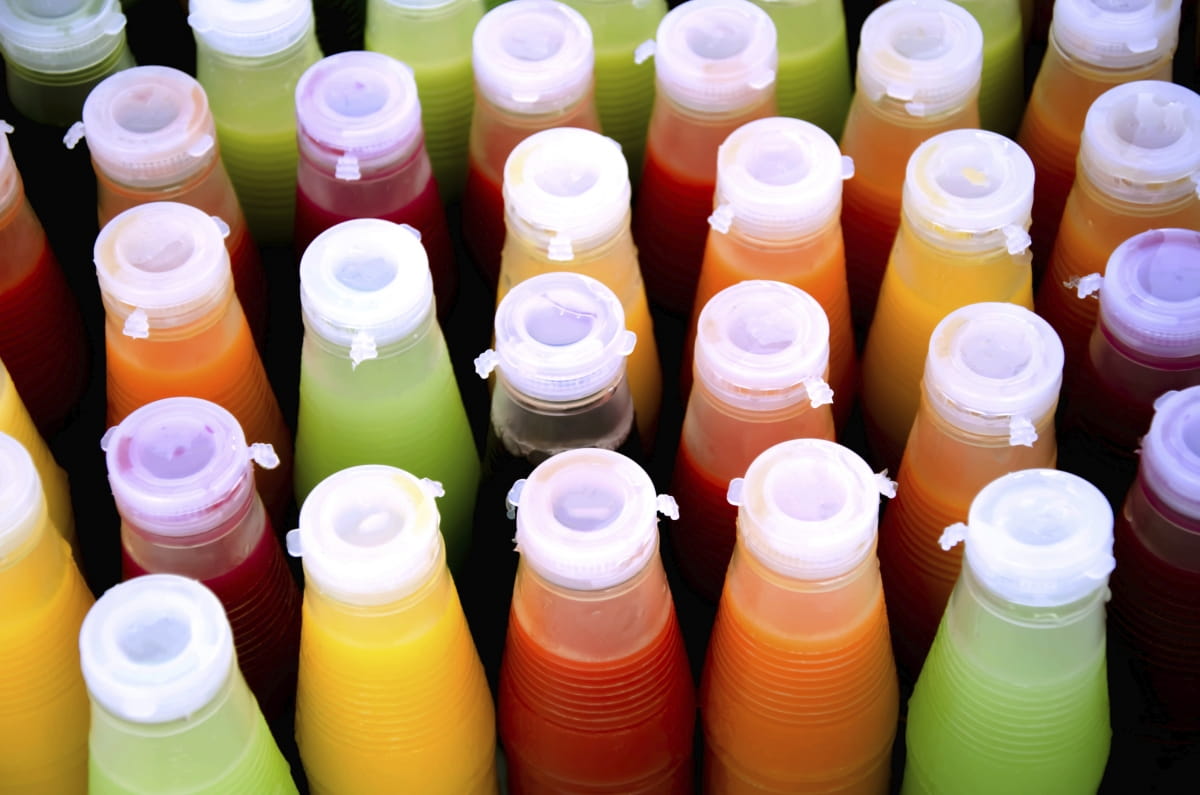
China
China takes the lead with 2,149 launches over the last 5 years, although it has experienced a 15% drop in new products over the time period. The top claim in China is No Additives/Preservatives with 706 of launches carrying that claim. The second most popular claim is Low/No/Reduced Sugar, but it was only found on 197 launches.
The top three flavors in China are Orange, Mango and Blueberry. Blueberry is seen paired with flavors such as Sea Salt, Goji Berry, Lingonberry and Pomegranate. Fruit Growers News reports that in 2014, Michigan Gov. Rick Snyder said he learned from a trade mission to Asia that the Chinese people “love Michigan blueberries.” Michigan Blueberry Juice, anyone?
United States
The U.S. is the second largest producer of juice drinks with 1,818 hitting the shelves since 2012, but growth has been slow climbing from 338 in 2012 to 342 in 2016. Launches appeared to decline in 2017 with only 159 new juices hitting the market by August 1. The top claim since 2012 is Kosher with 874 products, followed by Environmentally Friendly Packaging (740), No Additives/Preservatives (647) and No/Low/Reduced Allergen (636). (By comparison, Japan had only one product launch with a No/Low/Allergen claim.) The top three US flavors are Apple, Lemon, and Orange.
The Breakfast Debate
While China holds the top spot for launches, it should be noted that juices are not typically seen as part of breakfast as they are in the United States. Mintel analyst Loris Li reports Chinese consumers associate juice with afternoon relaxation, while morning is reserved for milk. Mintel reports a strong cultural focus on digestive health could be a platform to launch functional juices (fermented, for example) geared for morning consumption.
In the U.S., brands are perhaps facing the opposite challenge: 35% of consumers agree that juice is a breakfast staple, limiting the dayparts when they reach for a juice beverage. Mintel suggests carbonation could be an option to extend drinking times. Many growing juice drink brands are in fact sparkling juices. (Bring on the bubbles!)
Products of Note
- Wild Blueberry Juice Beverage is free from food additives and contains at least 95% juice content and added sugar. China July 2017
- Telula Spicy Lemon Fruit and Vegetable Juice Beverage is made from six lemons, 13 peppers and 10 teaspoons of honey. It’s described as being a little sweet and a little spicy, has been cold-pressed, and contains 60% juice. This product is not from concentrate and features no added preservatives and no GMOs. It has been kosher and USDA organic certified. US Sept. 2016
Top Claims
1. Ethical - Environmentally Friendly Package
2. No Additives/Preservatives
3. Low/No/Reduced Sugar
4. Organic
5. Low/No/Reduced Allergen
6. Social Media
7. Gluten-Free
8. All Natural Product
9. Kosher
10. Vegan
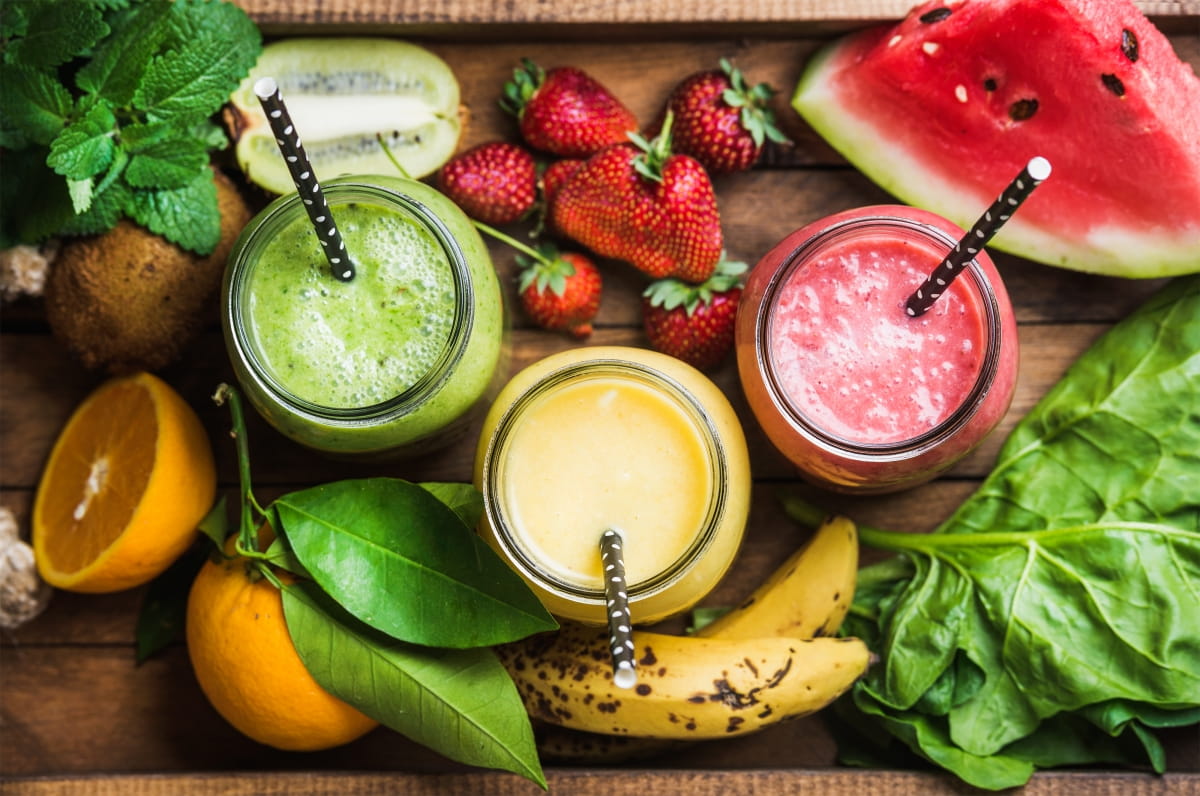
Environmentally Friendly Packaging
The top claim we see for juice isn’t about the actual juice, at all. A focus on Earth-friendly packaging leads the way, rising nearly 140% over the past five years. This environmental focus has led to steady growth for biodegradable liquid carton packaging with continued sizable growth predicted for the future.
According to Anne Marie Mohan, Senior Editor of Packaging World, the majority of products sold in liquid paperboard are found in the dairy/alternative-milk beverage segment (70%+). But juices are the second leading segment, accounting for more than 20%.
Top 5 Countries with Environmentally Friendly Packaging Juice
1. UK 773
2. USA 740
3. France 618
4. Japan 504
5. Germany 431
Download the full report to see more details, including products featuring environmentally friendly packaging.
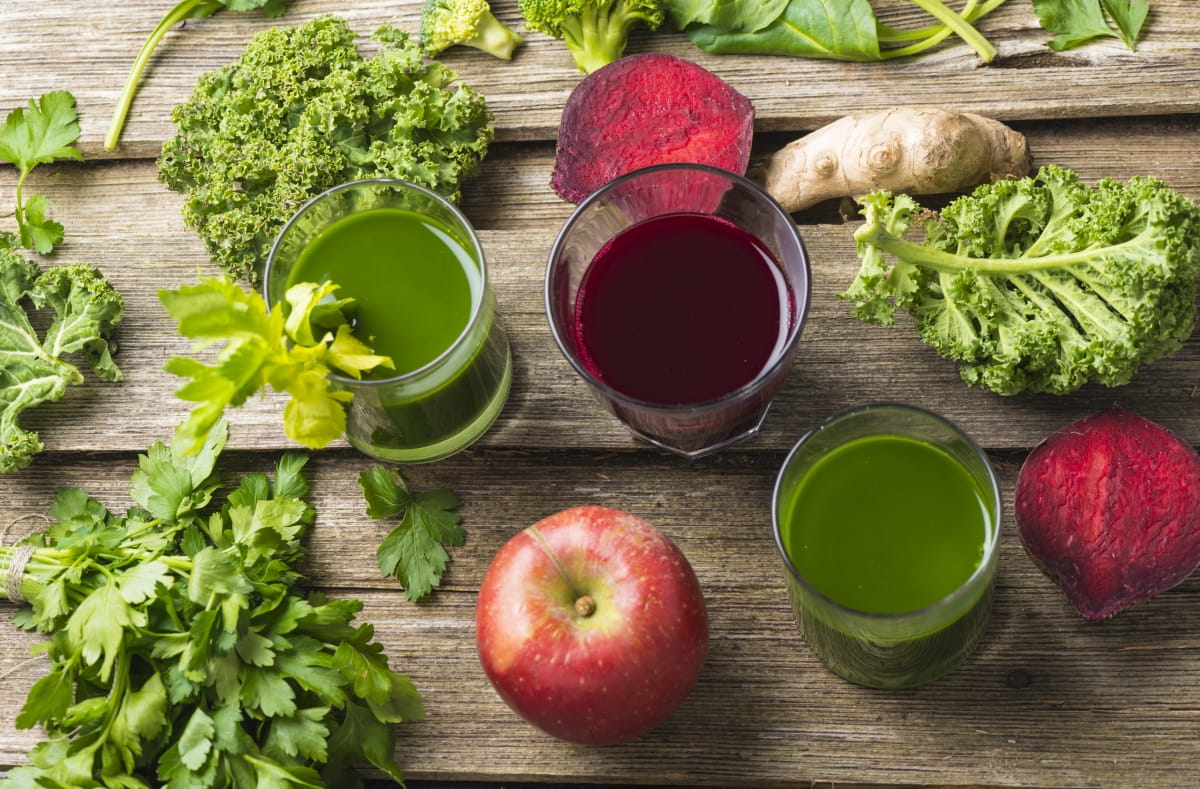
Low/No/Reduced Sugar
Sugar remains a hot topic across the food and beverage industry and juices are no exception. Low/no/reduced sugar is the third most popular claim for Juice Drinks across North America, Europe and APAC (China & Japan), but it has decreased in its popularity over the last five years. From 2012 to 2013 we saw an increase of almost 200 launches to a high point of 793. But that dropped to 668 last year and we see only 411 new juices on the shelves with that claim as of August 1, 2017.
Four ways product developers are reducing the sugar content in their drinks: alternative sweeteners like monk fruit, removing added sugar from formula, using ingredients like green vegetables, and smaller package sizing.
Shrink the Carton
In the UK, Public Health England (PHE) is trying to combat obesity and tooth decay by urging juice and smoothie manufacturers to reduce the carton size of drinks for children in order to cut the amount of sugar being consumed with each drink. Dr Alison Tedstone, PHE’s Chief Nutritionist, told Grocer magazine she could see this tactic taking hold and “going across fruit juices…across all products, not just for children.”
Product Examples
• Wicky Sugar Free Raspberry Juice Drink is made with sweeteners, contains added vitamin E, and is free from artificial colorings, flavorings and preservatives. Netherlands July 2017
• Cocar Amazon Spirit Acai, Spirulina, Mango and Ginger Acai Super Juice is said to be an organic stimulant with no added sugars and is suitable for vegans. The gluten-free product contains 100% fruit and retails in a 250ml recyclable pack. Spain July 2017
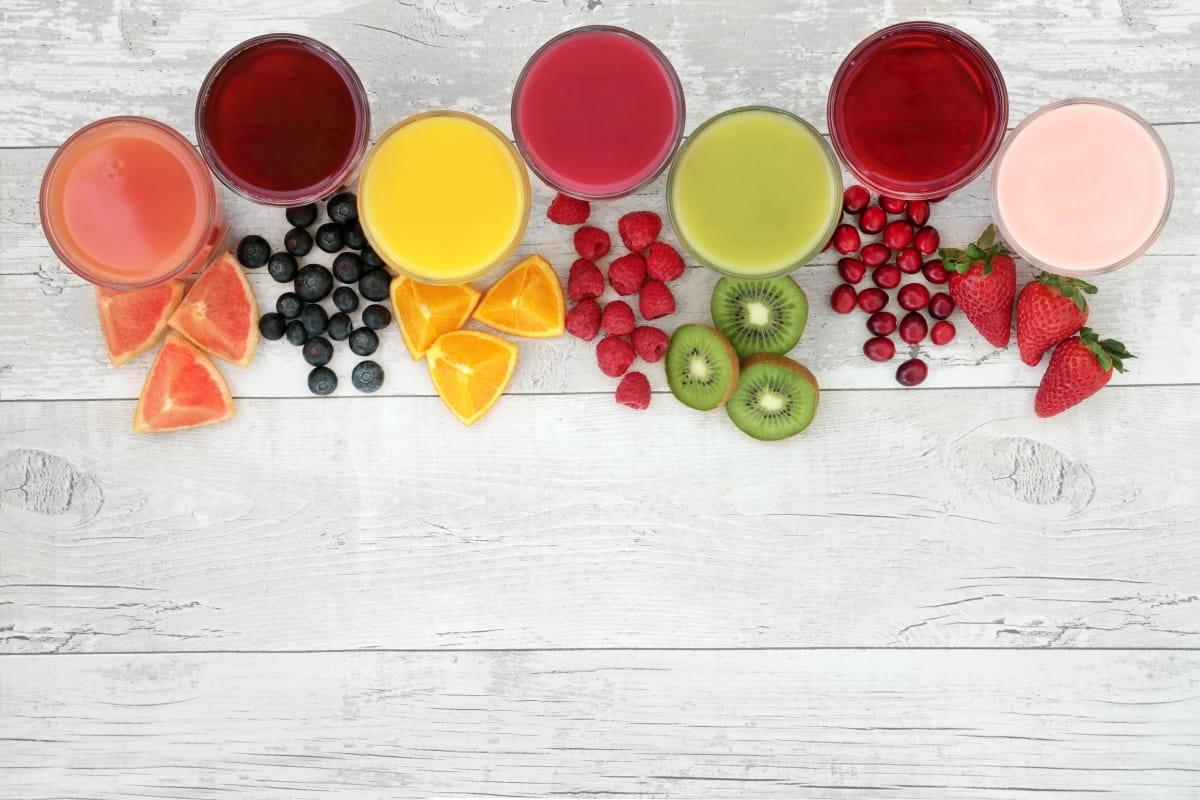
Vegan
A mere 29 juices carried the Vegan claim in 2012, representing 1% of the 2,776 total launches that year. As the food and drink industry began zeroing in on the vegan lifestyle the claim took off, climbing more than 1,400% to 439 new products last year. In North America, Vegan juice claims rose 500% from 2012-2016.
While consumers may assume juice is vegan, some are clarified using gelatin. Julia Buech, Mintel Food and Drink Analyst, explains this distinction matters whether the brand uses gelatin or not. With consumers increasingly focused on labels, ingredient lists and production methods, she says, they expect brands to be transparent and up-front about how their products have been made.
Buech shares two important take-aways in her article, “Can vegan juice benefit from a more overt positioning?” July 2017
1. Be overt with vegan positioning, but tie into wider health- and ethical-related brand messages, serving the purpose of transparency, and communicating the suitability of products to the widest range of consumers.
2. Looking at specific dietary needs, there is also opportunity for functional juices to provide essential nutrients that vegan consumers may be lacking, such as vitamin B12 and iron.
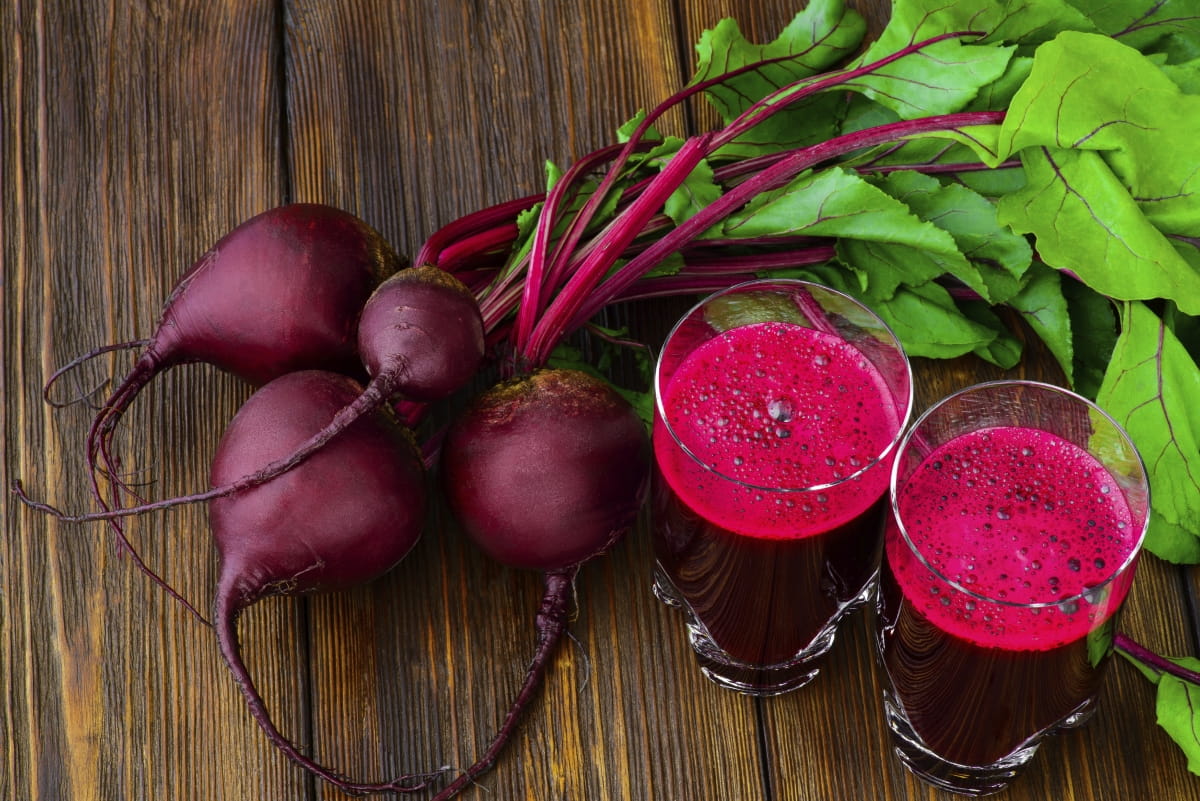
Top flavors (including blends) in North American vegan juices:
1. Beetroot/Red Beet
2. Mango
3. Watermelon
4. Coconut Water
5. Berry
6. Orange
7. Maple Water
8. Fruit & Vegetable
9. Blueberry
10. Pineapple
Interesting Flavor Combinations
• Birch Tree Water, Nettles & Sap
• Passion Fruit & Cactus
• Sweet Potato, Carrot, Maple Syrup, Pumpkin, Pecan, Coconut
• Watermelon & Pink Guava
Product Examples
• °05 Terrible Child Juice is a cold-pressed juice made with mango, pineapple, lemon, basil and cayenne pepper. This raw and vegan product is 100% natural, non-pasteurized, and contains no additives or HPP. France July 2017
• True Fruits White Smoothie with Strawberry is a mix of fruits and fruit juices that is free from preservatives, additives, concentrates and added sugar. This creamy product comprises vanilla, cashew, banana, strawberry, coconut and apple, and retails in a recyclable 250ml pack. Germany July 2017
• Nomva Kale Yeah Probiotic Super Smoothie contains 4g fiber, is said to support immune and digestive health, and is made with whole organic fruits, vegetables and two billion CFU of vegan probiotics. This USDA organic and non-GMO verified product is said to be vegan, never heated, and free from gluten and additives. US August 2017
Of Note: Nomva is a good example of brands not being overt in their Vegan claim when they could be. Nomva smoothies are vegan and while listed on the back of the packaging, but it’s not highlighted much, nor is it called out on their website as a marketing/positioning point at all.
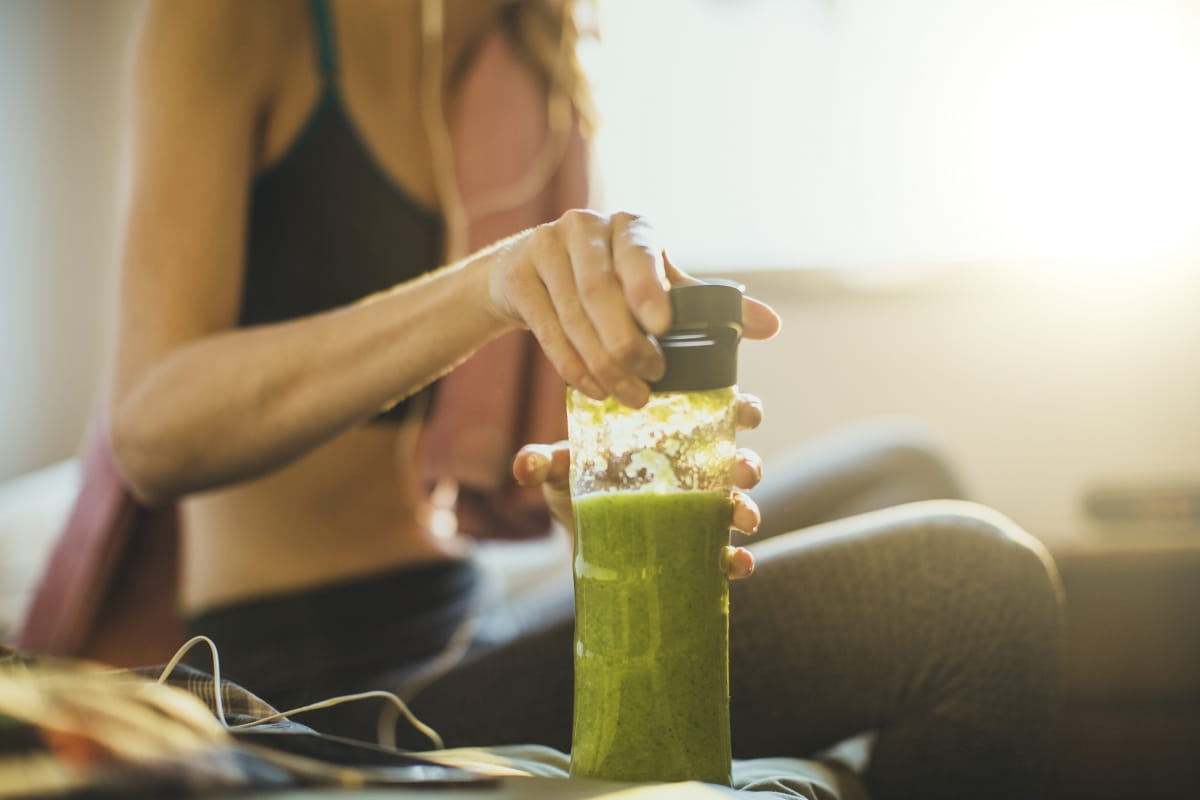
The Future of Juice
From new ingredients, functions, dayparts, flavors, sweeteners, and packaging, product developers are working hard to meet consumer interest in health/wellness and the environment, among others. The best opportunities for juice lie in thinking outside the traditional, and exploring with fun, flavor and an eye toward the future.

FONA CAN HELP!
Let FONA’s market insight and research experts translate these trends into product category ideas for your brand. They can help you with concept and flavor pipeline development, ideation, consumer studies and white space analysis to pinpoint opportunities in the market.
Our flavor and product development experts are also at your service to help meet the labeling and flavor profile needs for your products to capitalize on this consumer trend. We understand how to mesh the complexities of flavor with your brand development, technical requirements and regulatory needs to deliver a complete taste solution.
CONTACT OUR SALES SERVICE DEPARTMENT at 630.578.8600 to request a flavor sample or visit www.mccormickfona.com/contact-mccormick-flavor-solutions
Sources: Mintel, fruitgrowersnews.com, livenomva, livezola, ConsumerReports.org, Telegraph.co.uk, Packaging World



